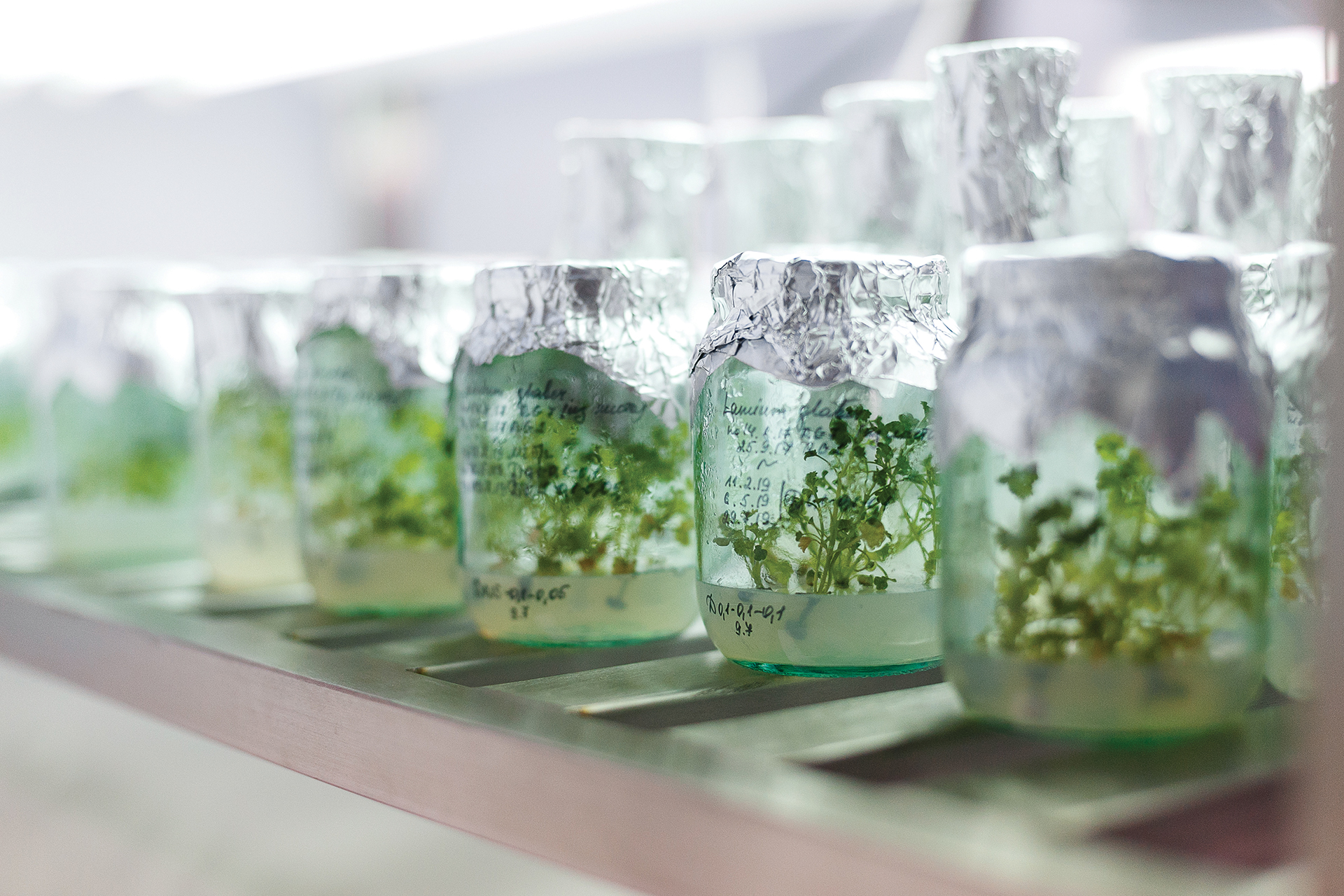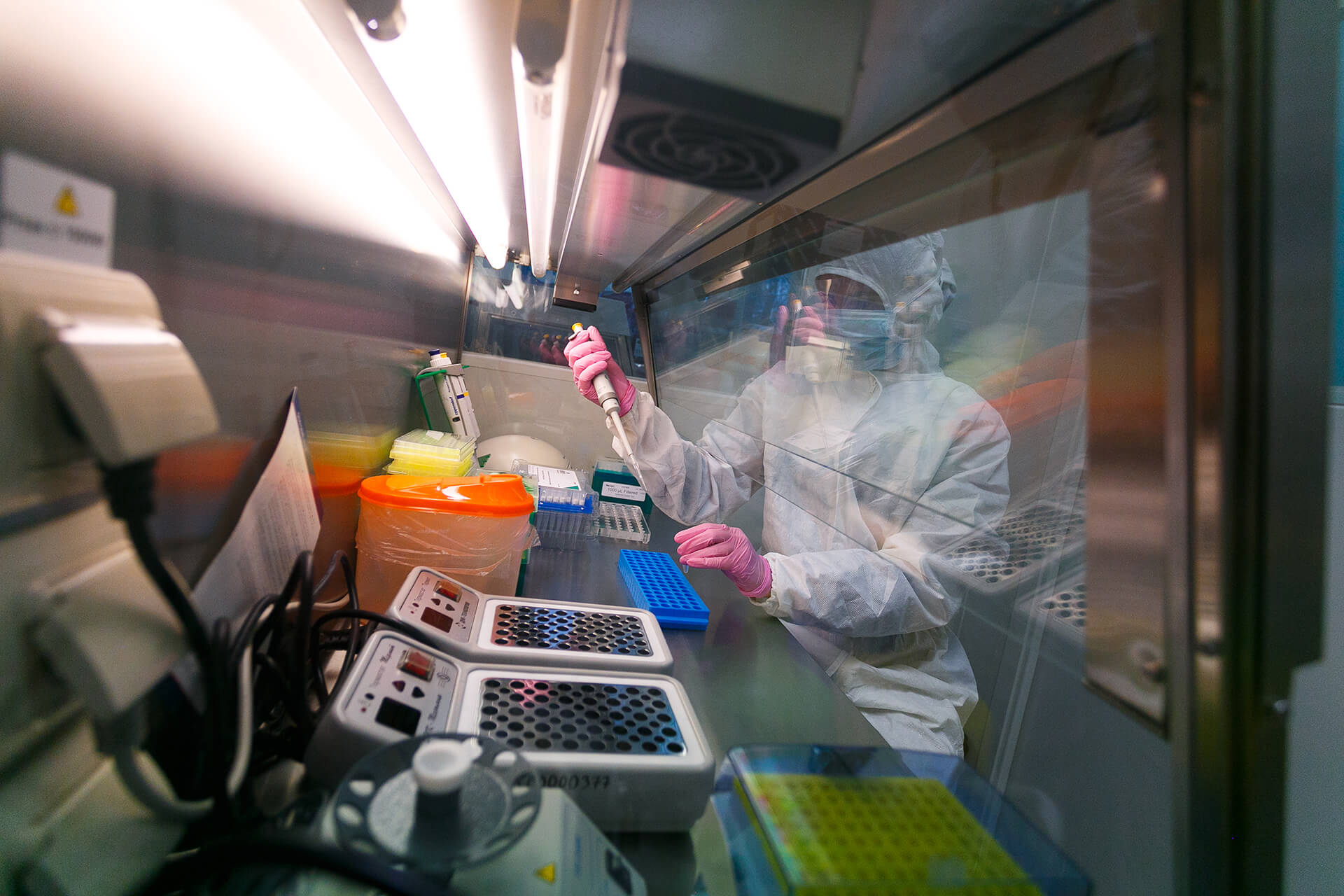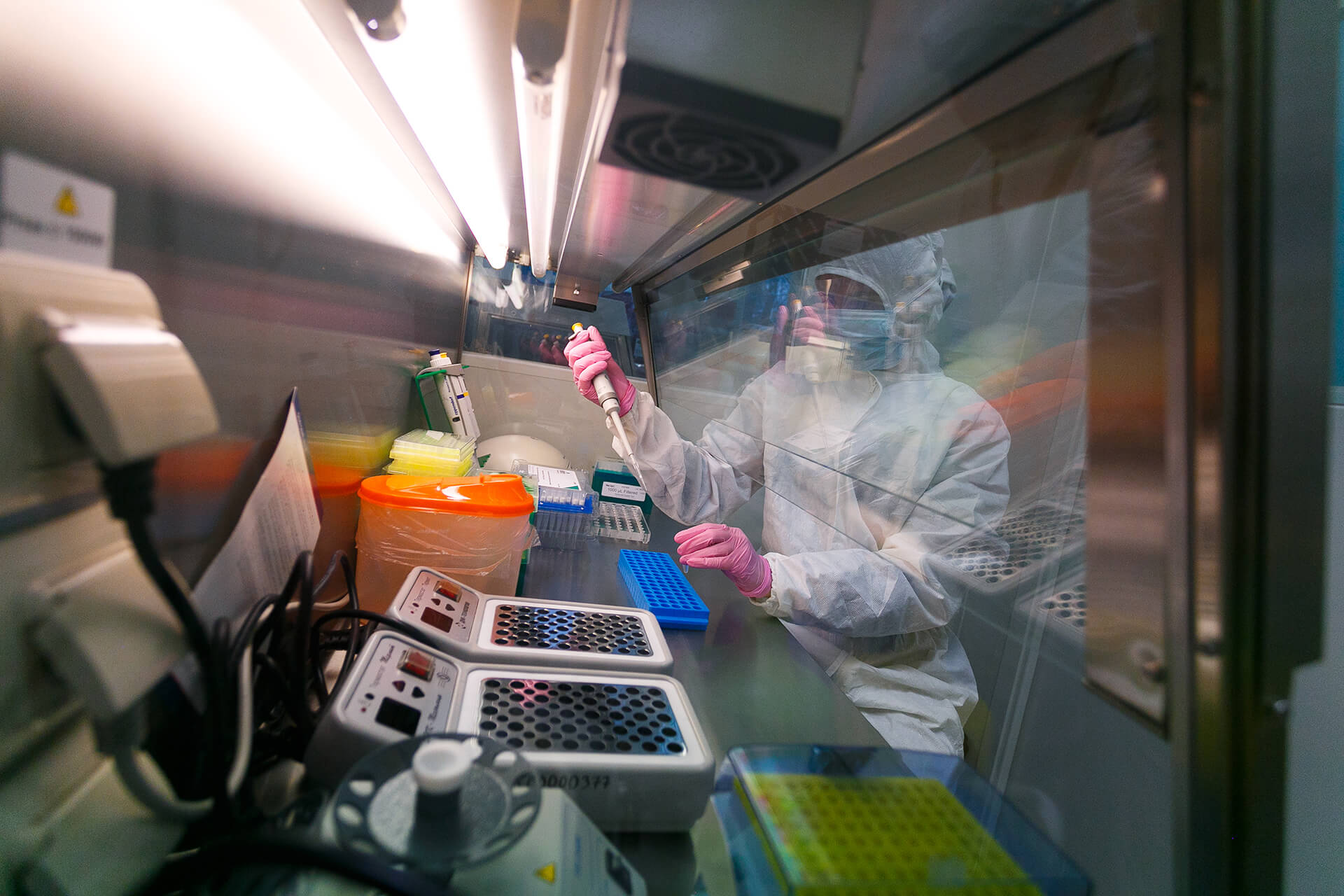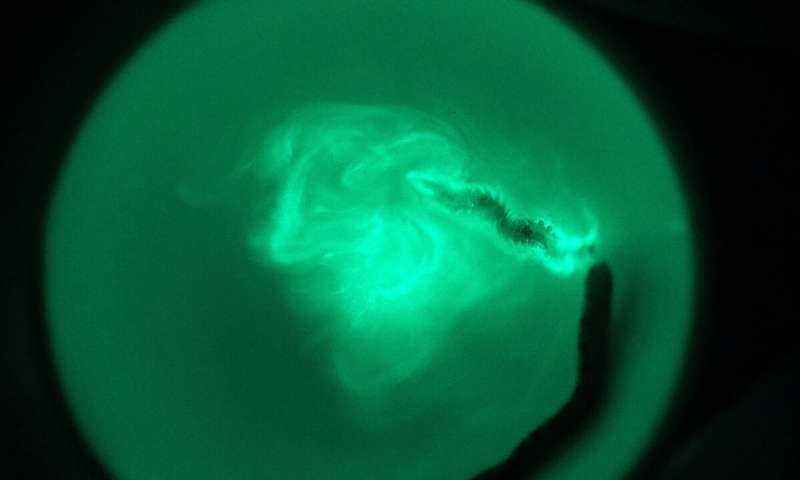







"This work is an important milestone in the framework of a large project aimed at full characterization of a novel bioluminescent system, including the luciferase enzyme, luciferin substrate, key reaction products, the mechanism of light emission, and biosynthetic pathways for luciferin and its analogs. The newly discovered molecules and the mechanisms presented in this work hold the potential to stimulate the development of new bioluminescence-based applications in the future," said Aleksandra Tsarkova, one of the leading authors, researcher from the Shemyakin-Ovchinnikov Institute of Bioorganic Chemistry of the Russian Academy of Sciences (Russia).
Bioluminescence, "cold light" emission by living organisms, is based on an enzyme-dependent biochemical oxidation reaction in which energy is released in the form of light. Out of 40 presumed bioluminescence systems, the structures of luciferin substrates have been elucidated only for nine, while a complete description of the luciferin biosynthesis pathway along with the corresponding enzymes was done only for two.
In recent years, a great variety of bioluminescence-based screening methods have been designed due to their utility in dynamic monitoring of a variety of cellular functions. With each passing year, the popularity of bioluminescence imaging techniques increases due to high sensitivity and specificity in comparison with other known imaging technologies. However, each of these techniques has its own limitations and drawbacks imposed by the bioluminescence system used. Thus, researchers seek new natural bioluminescence systems to overcome these limitations.
Since 2014, Russian scientists, in collaboration with their colleagues from Japan, Brazil, Spain, the U.S. and the U.K. have determined the structures and mechanisms of action of two new luciferins from fungal and Siberian earthworm bioluminescence systems. Today, in an article published in the Proceedings of the National Academy of Sciences, the researchers have presented the structure of a 10th luciferin. This paper describes the results of a multi-year research project, supported by the Russian Science Foundation, including the characterization of three key low-molecular-weight components of the Odontosyllis bioluminescence system, along with the pathways of luciferin oxidation leading to light emission.
So-called 'fireworms," Odontosyllis are tiny marine polychaetes (~20 mm) that produce bright, blue-green bioluminescence (Fig. 1). During breeding season, normally in the summer, swarms appear near the seashore for a short period of time at night. These fascinating glowing swarms were observed and described by Christopher Columbus during his voyage of 1492. The investigation of the bioluminescence system of Odontosyllis began in the middle of the 20th century, but despite multiple attempts, including one by the Nobel Prize laureate Osamu Shimomura (1928-2018), the biochemical basis of the Odontosyllis light-emitting process remained largely unknown.
In 2018, the identification of Odontosyllis luciferase gene was accomplished by partial protein purification and RNA-seq analyses using small frozen samples. By contrast, the characterization of the luciferin chemical structure required a much greater amount of worms' biomass.
"The first hurdle to overcome was Odontosyllis sample collection, a process restricted by the tiny size of the worms and the specifics of their life cycle, allowing us to obtain only a few grams of the specimens per year. However, thanks to the efforts of the late Professor Shoji Inoue, who was dedicated to the study of Japanese Odontosyllis undecimdonta bioluminescence, we've obtained 80 grams of the lyophilized Odontosyllis worms that he has been collecting on his own for 17 years, and has kept in the freezer for future research," said Yuichi Oba from Department of Environmental Biology of the Chubu University (Japan).
Due to the difficulty of obtaining the pure substrate, the next serious challenge to the investigations of the Odontosyllis bioluminescence system was the luciferin's susceptibility to decomposition and extreme sensitivity of the luciferin to UV light. A specifically designed purification procedure yielded minuscule amounts of unstable luciferin, which was subjected to a battery of tests to determine its structure. NMR spectroscopy, mass-spectrometry and X-ray diffraction were employed to reveal a highly unusual tricyclic heterocycle luciferin substrate containing three sulfur atoms in different electronic states. The unique structure of the Odontosyllis luciferin provides a key insight into a completely novel chemical basis of bioluminescence, as this new molecule does not share structural similarity with any other known luciferins.

Photo: Observation and collection of Odontosyllis worms at night, Namerikava, Toyama bay, Japan. Source: Prof. Yuichi Oba (Chubu University, Japan)
Along with the luciferin, two other crucial molecules were isolated from Odontosyllis biomass and identified: Odontosyllis oxyluciferin and the product of luciferin nonspecific oxidation, termed Green and Pink respectively, due to their colors. Together, the structures of these low-molecular-weight components of the Odontosyllis bioluminescence system have enabled the researchers to propose chemical transformation pathways for the enzymatic and non-specific oxidation of luciferin. Odontosyllis oxyluciferin is the only green primary emitter described for any known bioluminescent marine organism.
The findings are reported in the Proceedings of the National Academy of Sciences, and provide key insights into the chemical transformations underlying enzymatic and non-specific oxidations of luciferin. The newly discovered molecules and the mechanisms presented in this work hold the potential to stimulate the development of new bioluminescence-based applications in the future.

